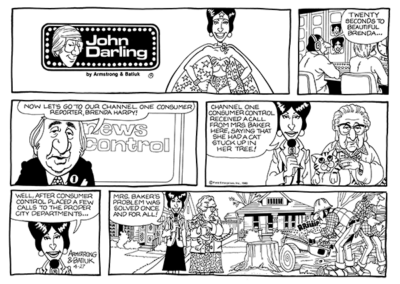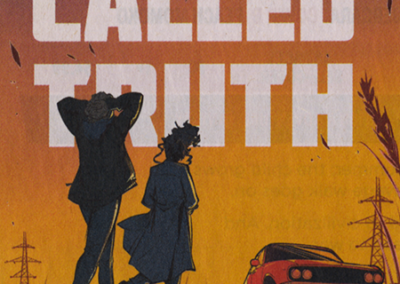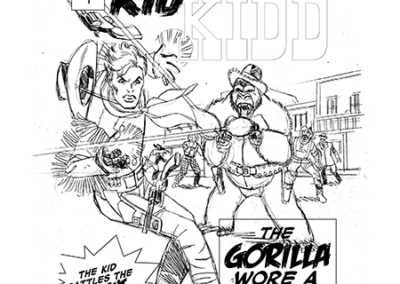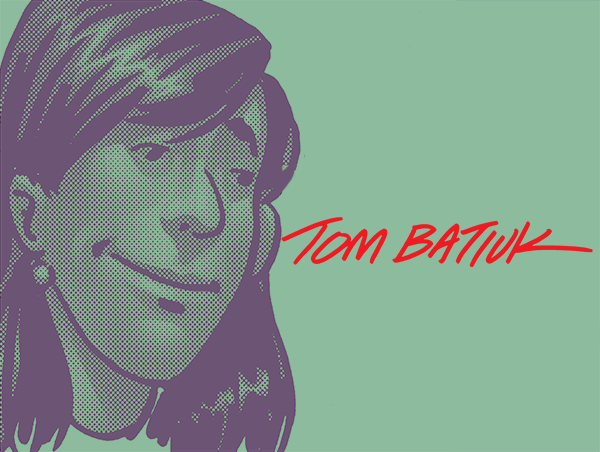Being a practical man, I realized that a major makeover wasn’t in the cards and wouldn’t be until I gained editorial control of the work, but that was still down the road a piece. What I did do, however, was to begin to slowly (with emphasis on the “slowly” part) introduce some incremental changes in the tone of the work that appears in this volume. It started with the coach’s heart attack. The piece opens with the usual surfacy stuff but soon begins to dig a little deeper as the coach’s sudden incapacitation leads him to reflect on his life and his relationships, and then he begins to plea-bargain with God. It was a baby step, but a step that felt right and that was in the direction I wanted the work to go. The shift continued with the story about one of the teachers, Ann Randall, being riffed. Ann’s story was the point where I began to experiment with work that was a little less linear. It was where I would walk away from the story, move on to something else, and then return to pick up the narrative thread at a later point. We see Ann getting fired, dealing with the emotional fallout, seeking help at the employment service, getting a temporary job at a fast-food place, joining a support group, and finally finding new work at the Lighthouse, a halfway house for troubled teens. Intertwined with all of this is Ann’s romantic relationship with Fred Fairgood, the high school’s counselor. All of it spread out over a fourteen-week story arc that is itself intertwined with other work throughout the year. It marks the shift from a sitcom mode to something more akin to a movie narrative with intertwined subplots. Along with this, the humor continues its subtle shift from gags to situational humor to behavioral humor.
From The Complete Funky Winkerbean Volume Four






